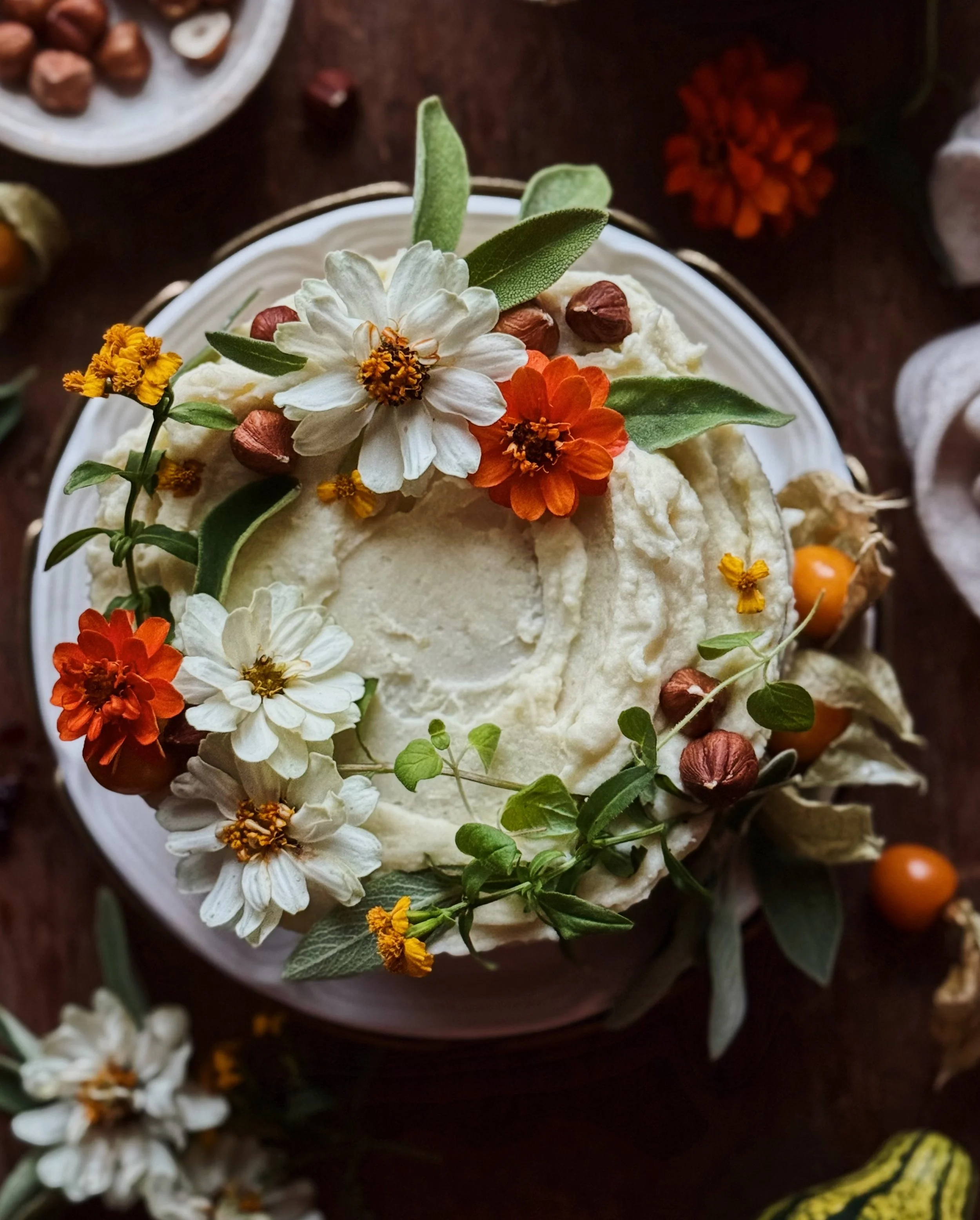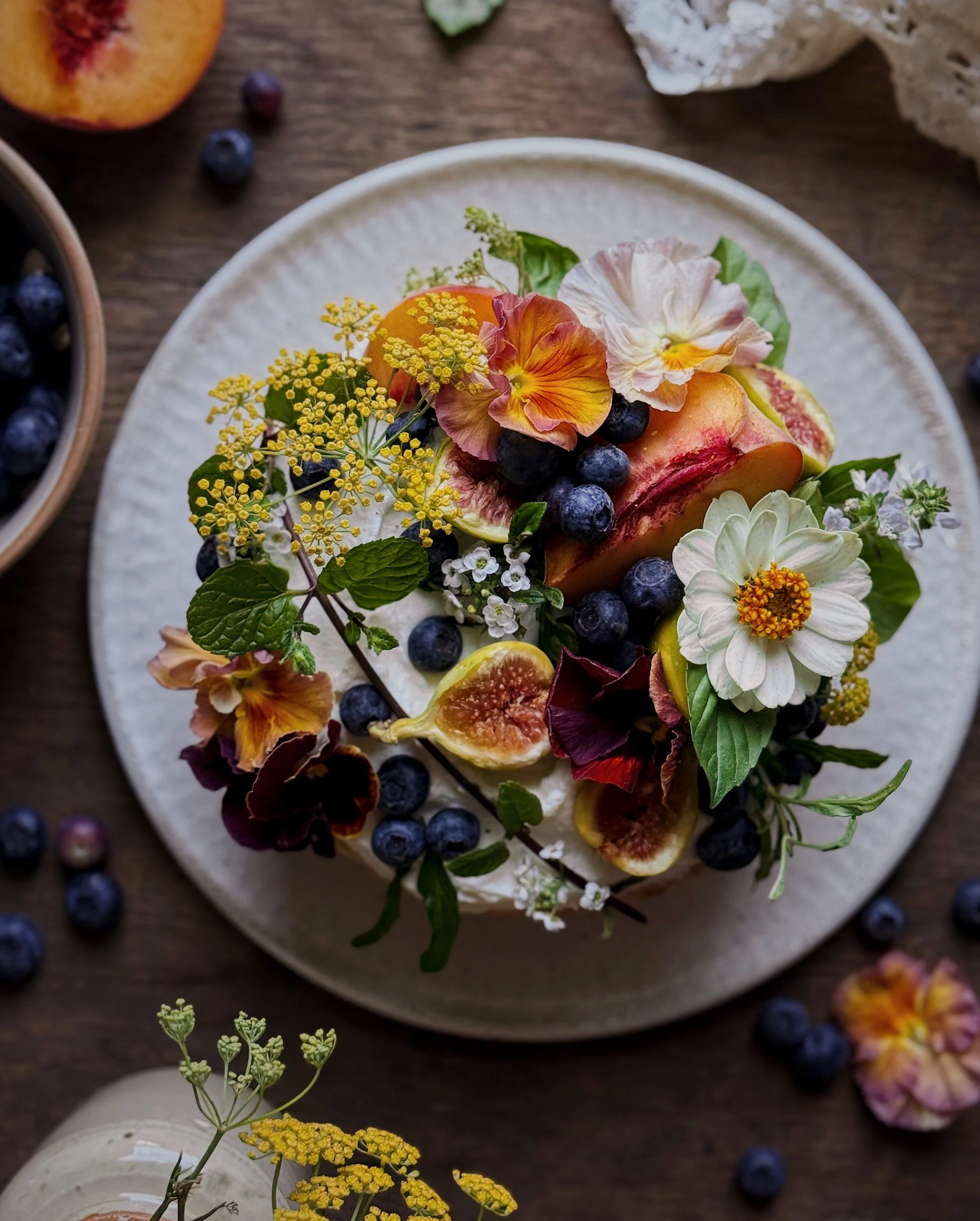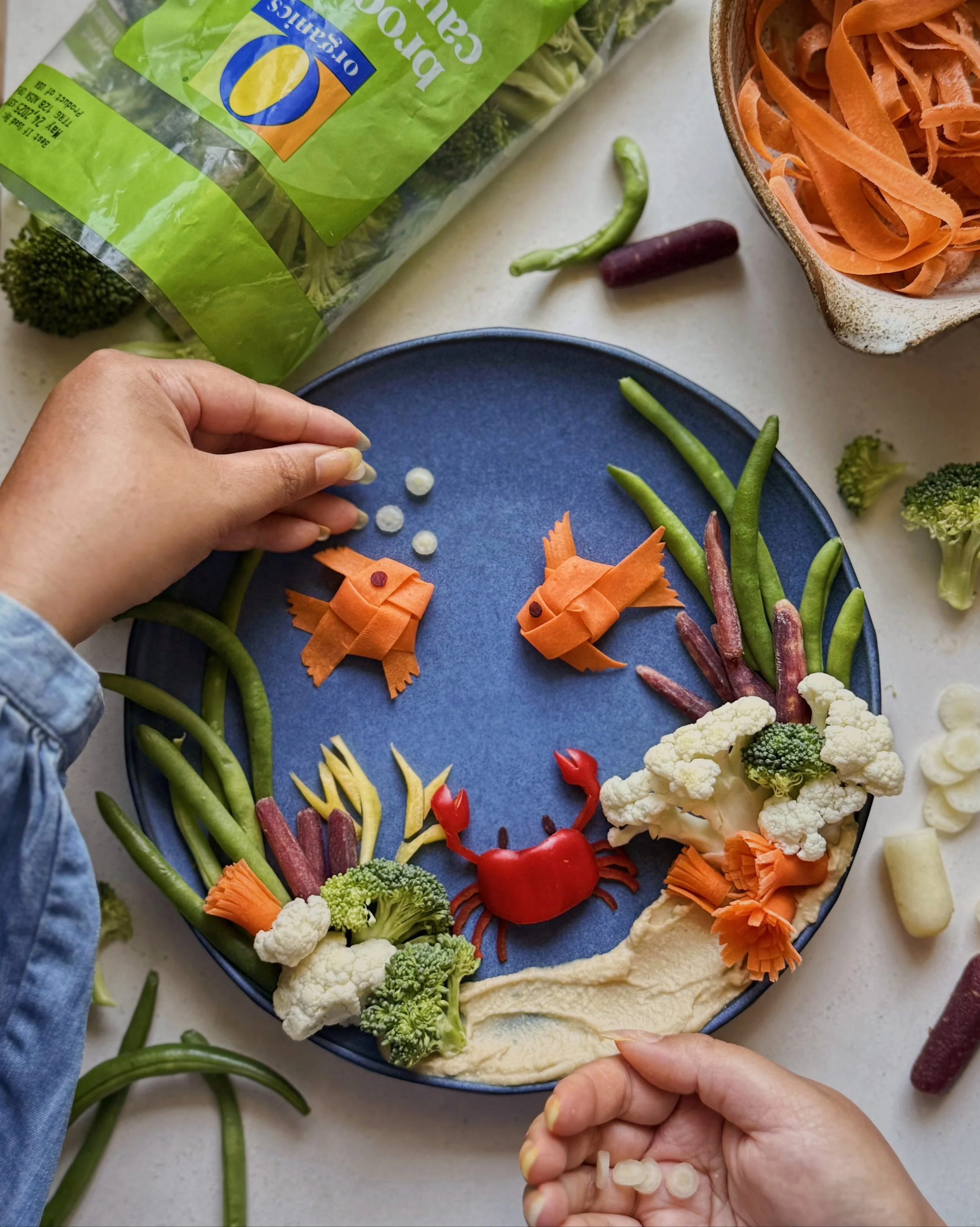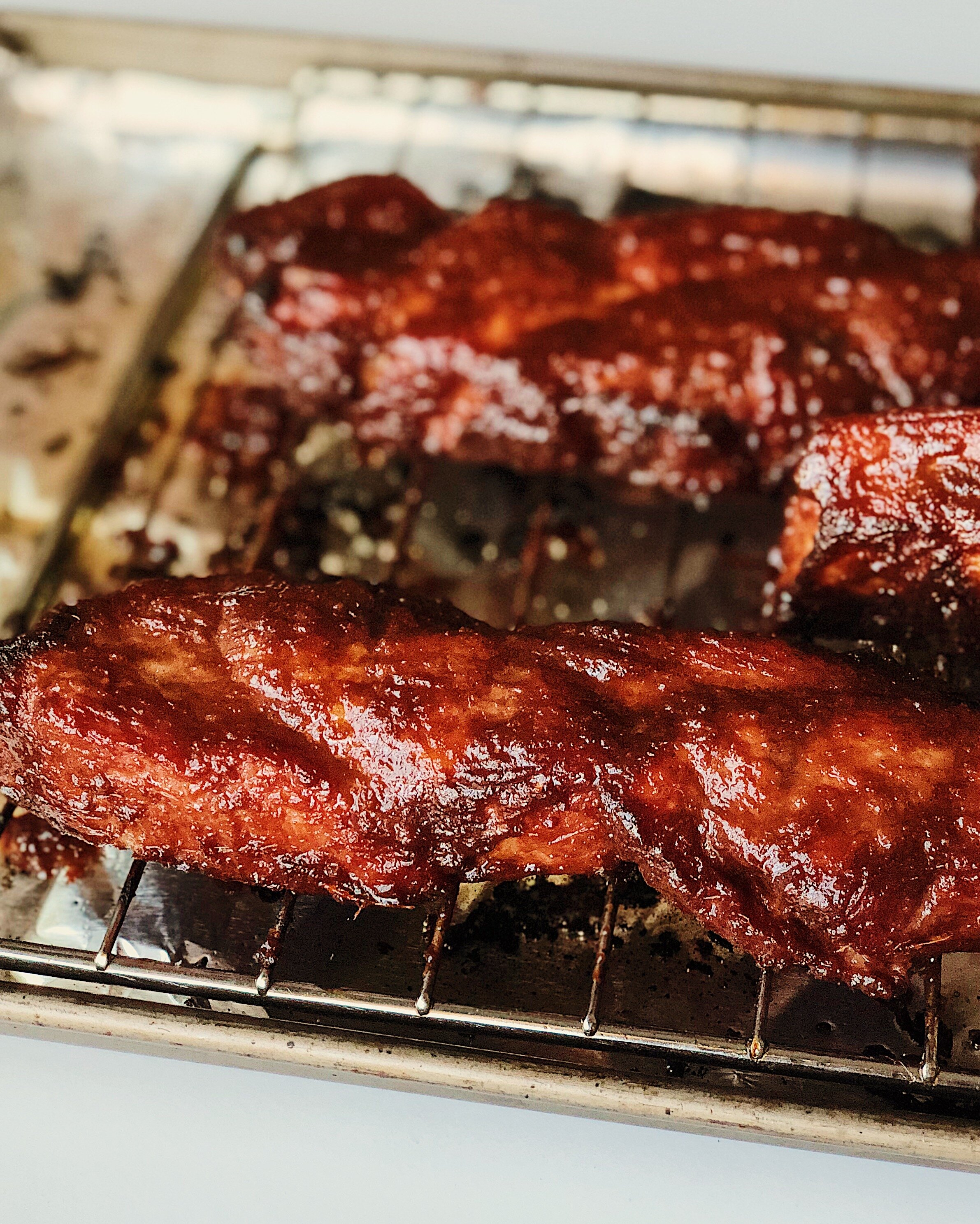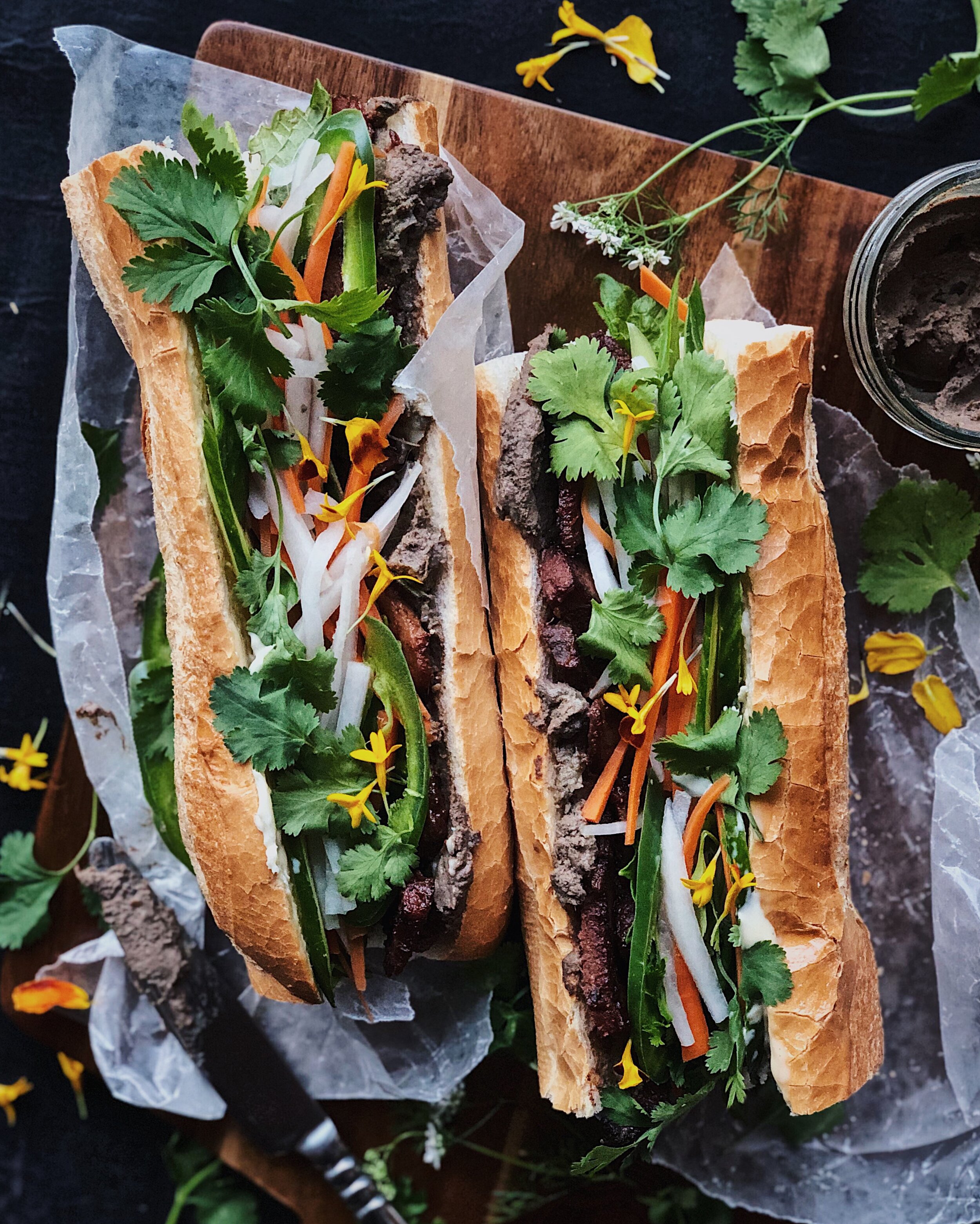Recipe: How I Make Char Siu
/Char siu is a Cantonese BBQ classic! Most Americans probably know it from char siu bao/bbq pork buns, one of the more common dim sum items at Chinese-American restaurants. But char siu has so many other uses! In addition to the steamed rice + blanched vegetables combo at the BBQ joints in Hong Kong, you can cut it up and toss it into fried rice, stuff it into bánh mì, serve it up with fried eggs for breakfast, or make it for Chinese New Year in combination with my golden salted egg rice to represent red and gold—the most auspicious color combo! In Malaysia (where my parents are from) they are part of a popular hawker dish called kon loh wonton mee (dry mixed wonton noodles)—noodles are tossed in dark Southeast Asian style sweet caramel soy sauce/kecap manis and served with blanched veggies, boiled wontons, and pickled chilies. (My photo above is a variation on this dish.)
This recipe is my version of how to make char siu at home. It involves my favorite method of making marinade, which is to chuck everything in a blender and pour it in a bag; no chopping! While most of my recipes I consider to be pretty low-maintenance, I will say that the roasting process does require some love at the end to get that good layer of glaze going. That is why this recipe makes such a big quantity of meat; I like to make a big batch if I am going to go through the effort at all! After cooling, stash the extras in the fridge; I keep it in whole pieces and slice it up when I need it, then pan-fry the slices. It really loses its luster after a few days in the fridge and the sauce becomes a dull paste, but heating it up in a nonstick pan will really bring it back to life, I promise! All the photos of prepared dishes you see in this post were made from week-old char siu.
Some notes about the ingredients:
What makes it red? Red fermented bean curd is what gives char siu is signature natural red color. You may encounter commercial versions of char siu that are very bright red; this is done with the use of food coloring. My version simply uses this more traditional ingredient to get a more mellow red, but it is a little tricky to find. In San Francisco’s Chinatown, I found it at ABC Supermarket and I have seen it in the big Asian grocery stores too. You can also order it on Amazon**, though it’s more expensive there. You can substitute with a little red food dye if you don’t want to purchase this special ingredient; the overall flavor will lose some of its depth of umami, but it will still generally taste like char siu.
What cut of pork is best? You are going to want to have at least some fattiness in your char siu because fat = flavor, and plus Cantonese BBQ is not at all about that lean meat life. I like to use pork belly, and use the resulting char siu as an alternative to bacon in my breakfast sandwiches. A lot of the grease renders out as the pork belly is roasting, and you are left with beautiful striated char siu that is moist and flavorsome. A well marbled piece of pork shoulder or Boston butt is another good option that will be less fatty but still stay moist when roasting. Since Spouse is not as into the super fatty cuts as I am, I make my recipe with half Boston butt and half pork belly.
Here are a couple more photos to give you some inspiration for what to do once you’ve made your batch of char siu! Recipe below!
How to Make Char Siu (Cantonese-Style Sweet Red BBQ Pork)
Ingredients For the Marinade
4–5 pieces of red fermented tofu
2 tbsp liquid from the red fermented tofu
1/4 cup brown sugar
1/4 cup hoisin sauce
1 tbsp black vinegar
1 tbsp sesame oil
3 tbsp shao xing wine
1 finger of ginger, peeled
3 cloves of garlic
1/4 onion, peeled
1 tsp five spice powder
a couple dashes of white pepper
1 tsp smoked paprika (for color, optional)
You’ll also Need
2 1/2 – 3 lbs pork belly, marbled pork shoulder, or Boston butt
2 tbsp honey
Procedure
To make the marinade, combine all the ingredients for the marinade in a blender and blend until smooth.
Cut the pork into large strips, about 2–4 inches wide. If using pork belly, slice off the firm outer skin and discard (or use for something else). Place the pork in a large zip-top bag and pour in the marinade. Make sure all the surfaces are coming in contact with the marinade and seal the bag. Marinade overnight.
When ready to roast, place a rack in the middle of the oven and preheat to 420°F. Line a large baking tray with foil and place a small metal rack inside (I use the one from my toaster oven). Remove strips of pork from the bag and allow the excess marinade to drip off into a saucepot, then place on top of the small rack with as much space between the strips as possible. Pour the remaining marinade into the saucepot.
Roast the pork for 20 minutes, flip, and roast for another 20 minutes. In the meantime, add honey to the saucepot. Place pot on medium heat and cook until it starts to bubble, then turn heat down to low and simmer, stirring often, until a thick, maroon-colored sauce forms (about 5–7 minutes).
After the pork has roasted for a total of 40 minutes, take it out of the oven, flip, and brush on the sauce. Return to the oven for 3 minutes, flip, brush sauce on the other side, and roast for 3 minutes. Repeat this cycle 2 more times. In the end, each side should have been brushed with sauce 3 times, and put back in the oven for 3 minutes after each brushing.
Take pork out of the oven and allow to rest for 15 minutes before slicing.
